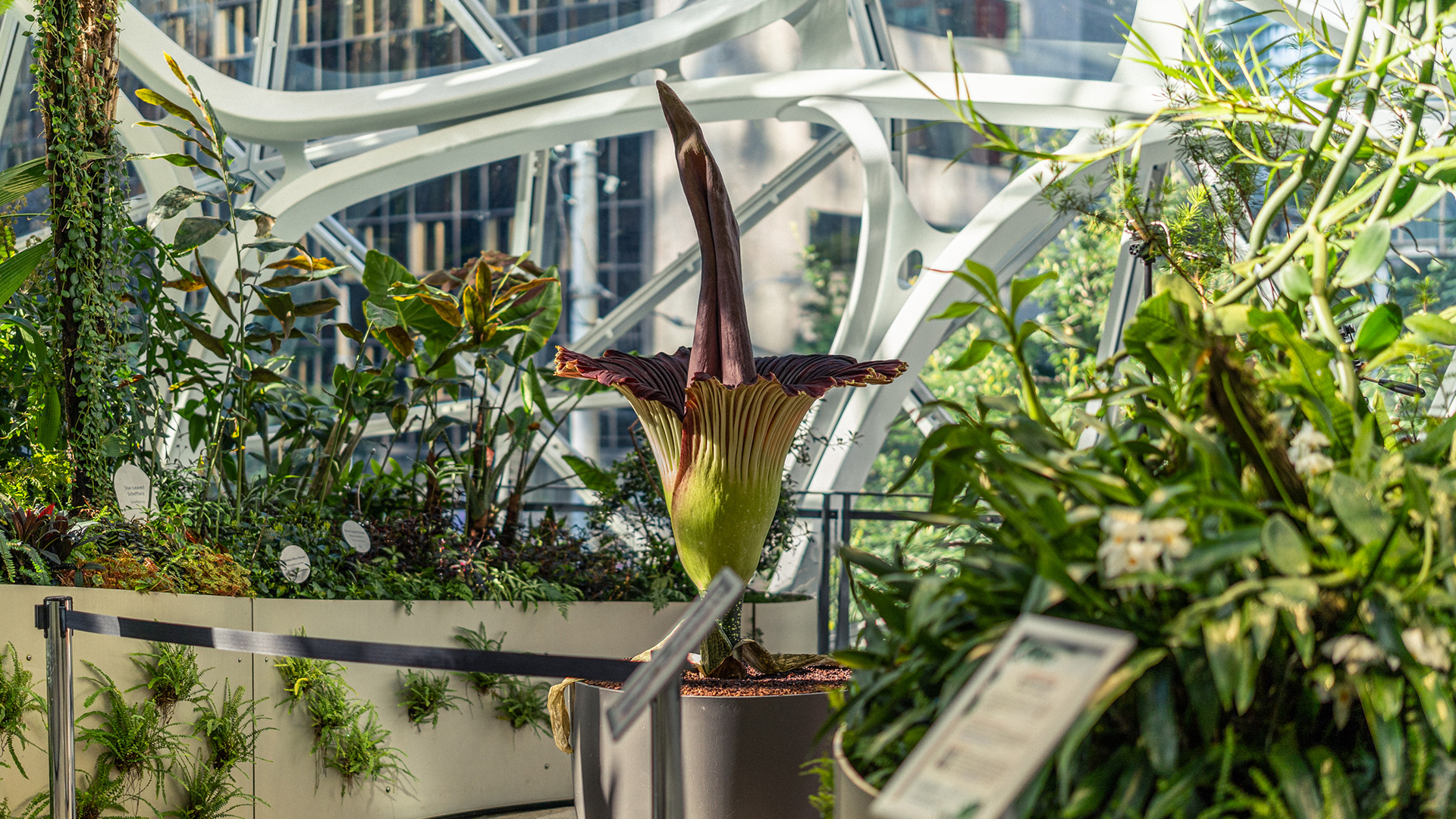Hello again! It’s me, Meggan Joy, your favorite weirdo flower lady – and I must tell you about this fantastic summer experience (and the exquisite lens I had by my side!).
First, if you don’t know me or my work, you can learn about my process creating digital collages in my first SIGMA blog. After you catch up on that, forget everything I said about my process because this particular adventure will turn that on its head… but more on that later.
How it all started
Let’s go back and set the scene.
In the first few weeks of 1995, a little girl watches David Attenborough walk up to a giant, and I mean, giant flower.
In the documentary The Private Life of Plants, he explains the mechanics of Titan Arum, that it smells foul, and how rare it is. And a tiny Meggan whispers to herself, “I want to photograph that.”
A few decades later, little girl grows up and is awarded an art residency at Amazon HQ, which is spent, more or less, photographing flowers.


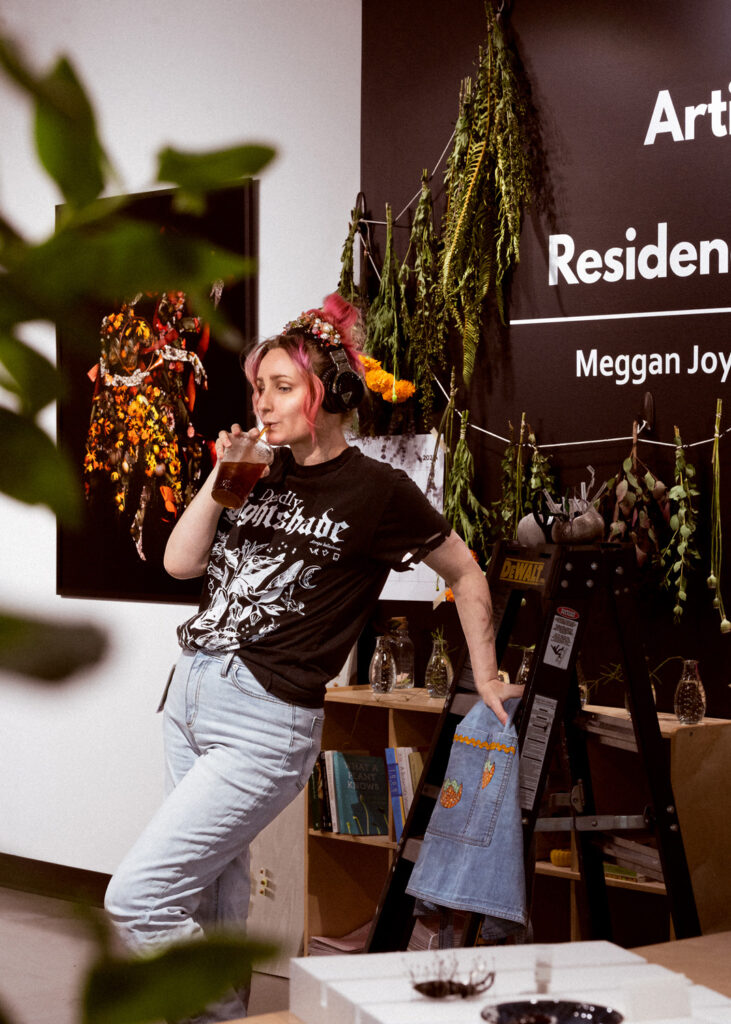
During a brief meeting, a horticulturist at the Amazon Spheres mentions that they have Titan Arum on the way. And thus starts a summer side quest to photograph this beautiful plant and fulfill a childhood dream.
The World’s Biggest Flower… and its other unique feature
So what makes this plant so unique? Well, she’s only naturally found on the Indonesian island of Sumatra. Just that alone makes her rare, but her growing habitat is also rapidly transforming, making her endangered as well.
Soon, the only Titan Arum plants remaining will likely be in botanical garden cultivation, which is a significant investment of time, space, and other resources that many garden collections can’t do.
She’s also, as I mentioned, huge. She’s technically not one giant flower. Instead, she’s the largest unbranched inflorescence, a tall multitude of tiny flowers.
If you have heard of her before, it’s because her reproduction cycle has a remarkable trick to fetch pollinators – which is to look, feel, and smell of death. A siren call to flies and other insects that rely on decomposition for their lifecycle. Which is where her common name “Corpse Flower” comes from.
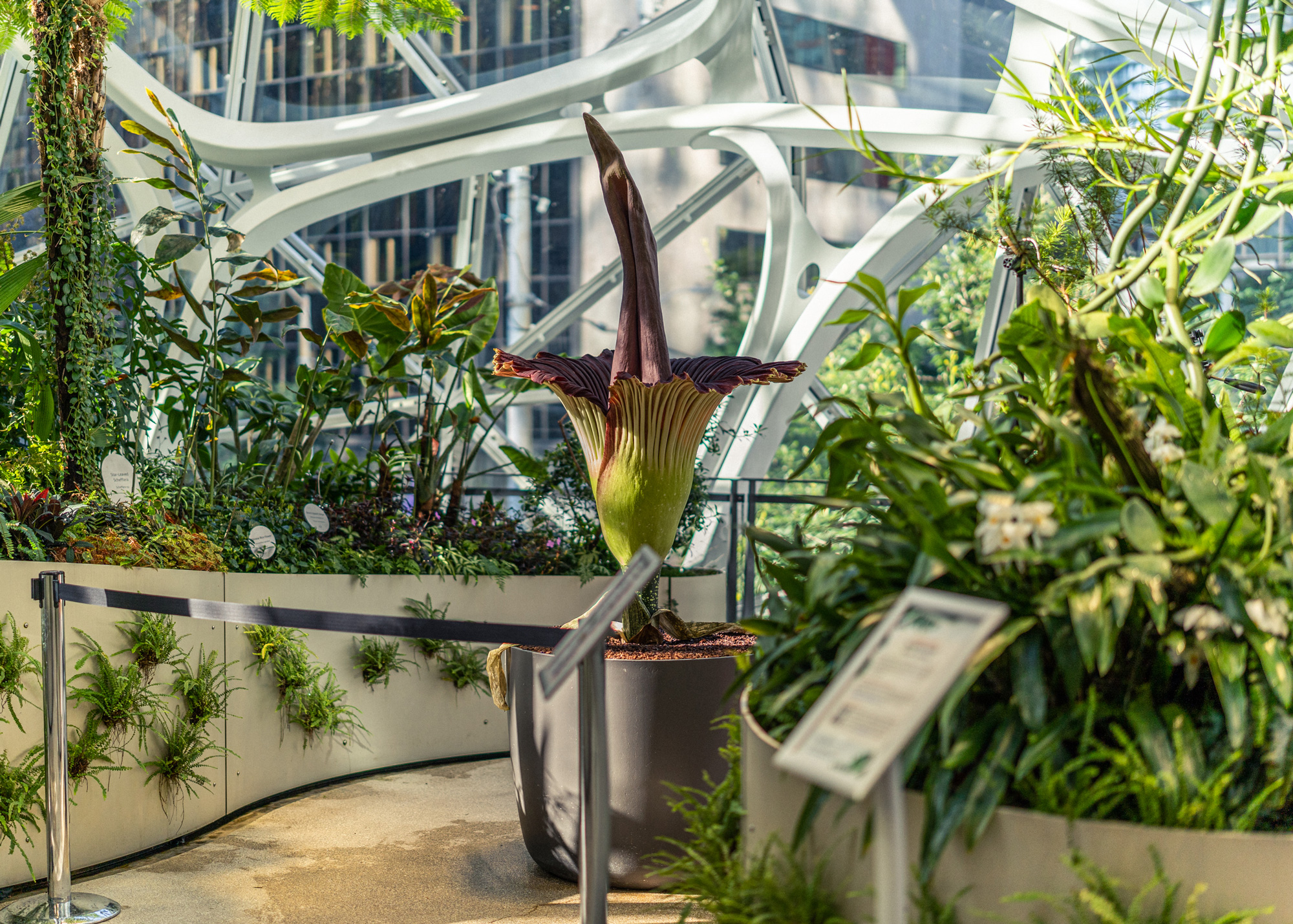
She spends most of her life dormant in the ground or “leaf” stage (yes, it’s a leaf, but it’s also the size of a small tree). Then she will have saved up enough energy to flower every five years or so.
Once that bud rises from the ground, she’ll bloom in just a few weeks. But that bloom will only be open for about 72 hours. That’s when she emits the odor, collects her delighted pollinators, and then slowly closes, to repeat the cycle anew in another five years.
So my window of opportunity was tight. Beyond that, I could only get close to the bloom early in the morning, before any visitors. Once I received approval from Amazon’s Horticulture staff to photograph her, I realized nothing about my kit would work.
To take a photo I could eventually use in a collage, I needed to take a “macro” photo that matched the rest of my catalog of images, but of a plant several feet taller than me.
Per the regulations of the space the plant was displayed in, I could only bring one light source without a light stand, and setting up my usual black backdrop was not in the cards.
To make it more challenging, the location where they displayed Titan Arum was perfect for quick selfies from a rotating crowd, but very tight for my beloved SIGMA 70mm F2.8 DG Macro | Art lens. Most of that I knew how to handle, but I also knew I needed a sharp, fast lens and something familiar enough to the rest of my images if I wanted that macro goodness I’m used to.
So which lens did I choose?
Of course, I’m a fan of SIGMA, and I knew the latest full-frame 50mm F1.4 DG DN | Art would be perfect. Not just the focal length, which gave me just enough room to work in the limited space, but also the edge-to-edge clarity that I have come to expect from my favorite lenses.
I also knew that with my limited access, I needed fast autofocusing, especially since I knew I would be mixing my sharp focus points of the image in Photoshop to get the perfect final image to work with. The updated HLA linear autofocus motor of the 50mm F1.4 DG DN | Art would definitely be up to the task.
I needed to move, snap my front, middle, and back focus, and then move again. Switching up the light source, giving me options, and trusting the camera because I didn’t have time to check it. And selfishly, I wanted to be extra quick to get some up-close, romantic detail shots. But also to put my camera down and have time to look.
As I mentioned, this is a once-in-a-lifetime opportunity to photograph, but also just to be that close. I wanted to soak this moment in, smell, and experience it.
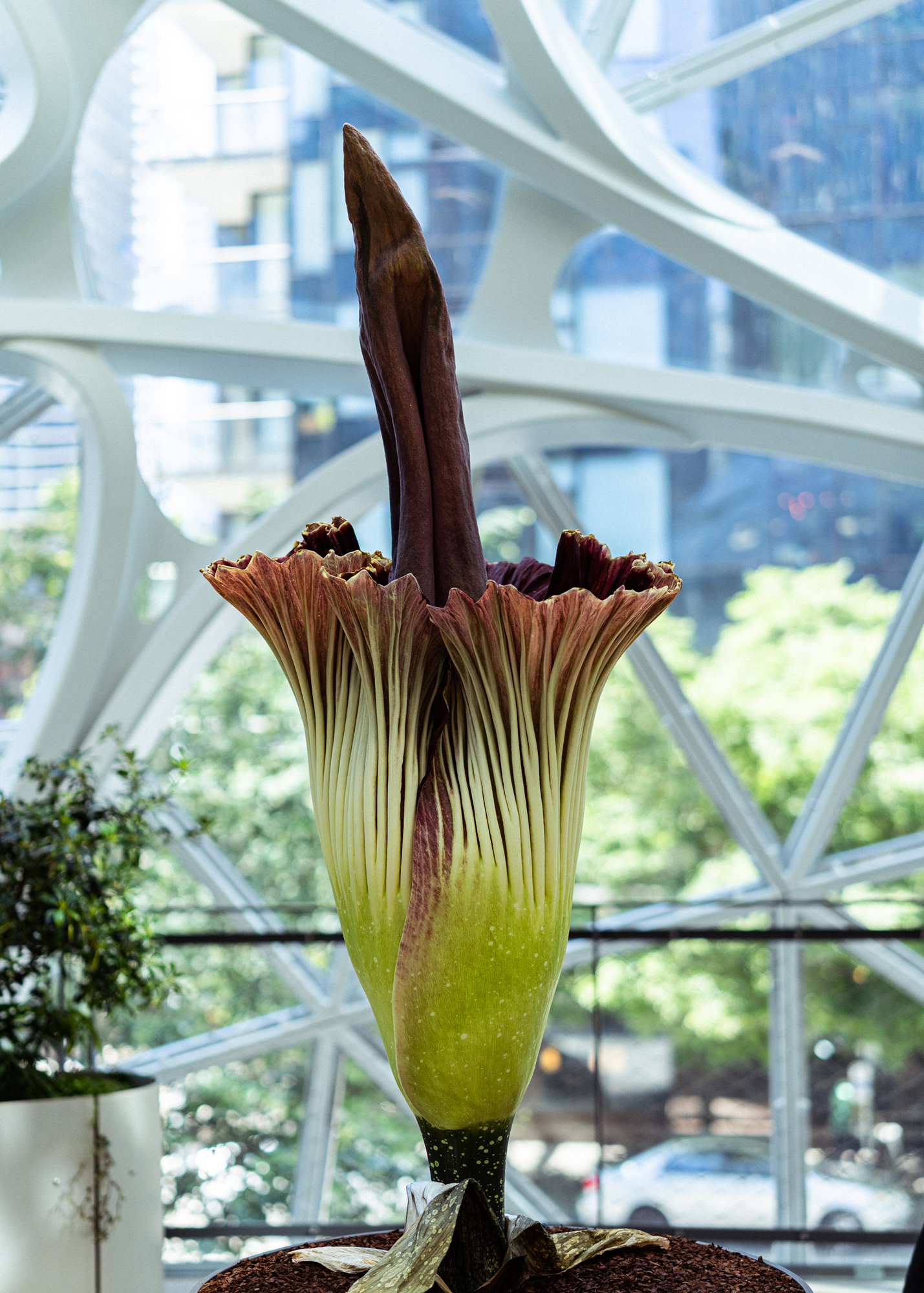
So I frantically emailed my friends at SIGMA on a Friday afternoon, just days before the bloom, to see if they had a lens I could borrow, because once this bloom goes, it’s time to go. Whether I’m ready or not.
Photographing the “Corpse Flower” at last!
Luckily the lens arrived just in time for me to get familiar with it; “Morticia 2.0” (her personal name) started blooming late Wednesday evening. This means my time to spend with her would be early Thursday morning. I’d get around 15 minutes; then I had to clear out and leave for the public to get their time with her unobstructed.
The first thing I noticed wasn’t her smell; the beautiful texture had revealed itself. The scent comes from an oily substance she produces, seeping out of her, creating dazzling little glittering spots.
Quickly, my teammate Katy and I set up, her holding my strobe that I set up to be the only illumination for our big, stinky subject. We used the strobe as the only light source, drowning out ample ambient light. This solved my problem of mimicking my usual black backdrop and giving direction to the light source, revealing all that juicy texture.
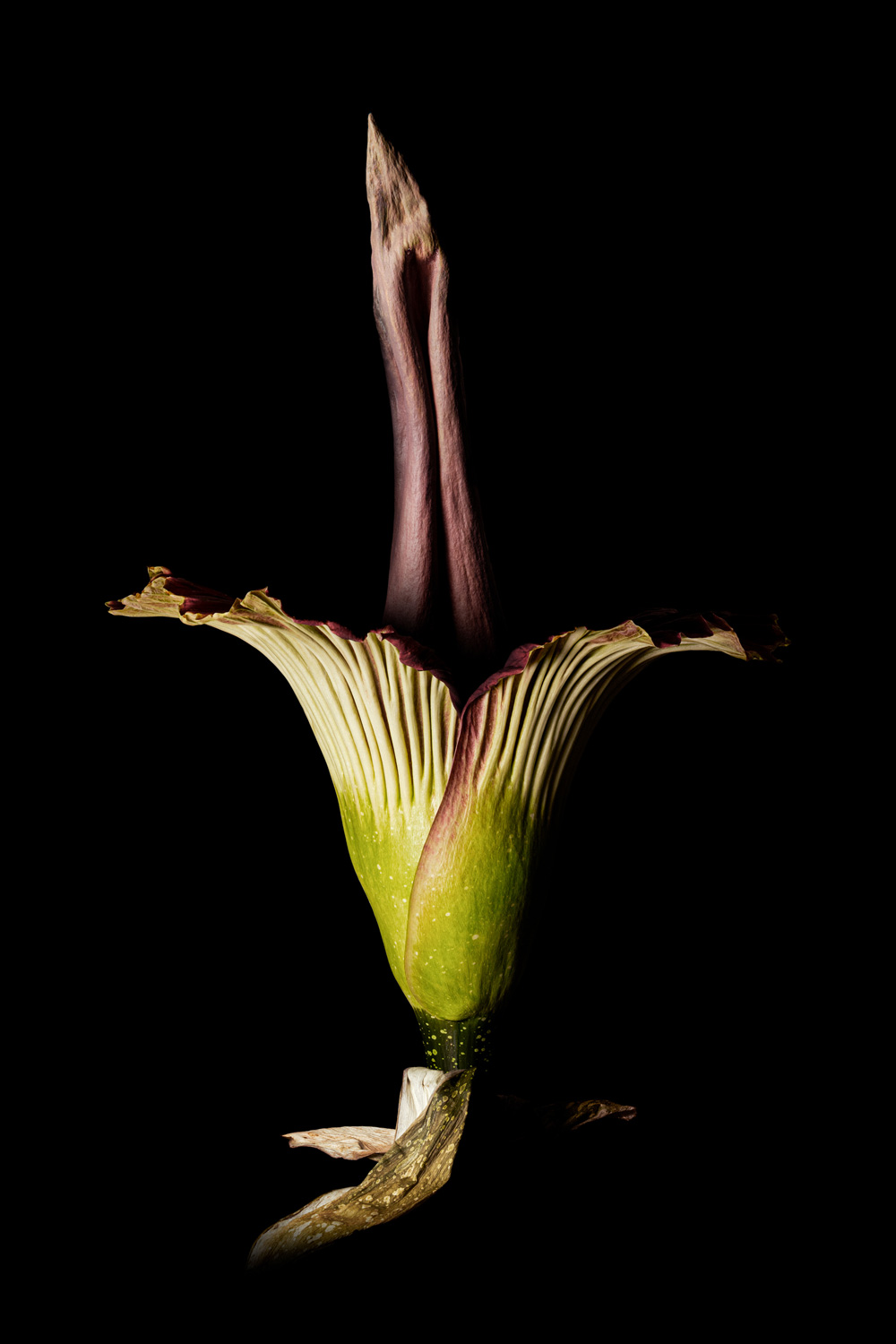
After a few focusing adjustments, I felt confident I had the photo I wanted in my camera. I felt my heart rate lower as I put my strobe away, opened the aperture, and played with the lens and my stunning subject.
I got up close to view the flower just like the bugs interested in her smell would. I don’t have a purpose for these images other than sometimes it just helps me to consider something through my lens to really “see” what was in front of me.
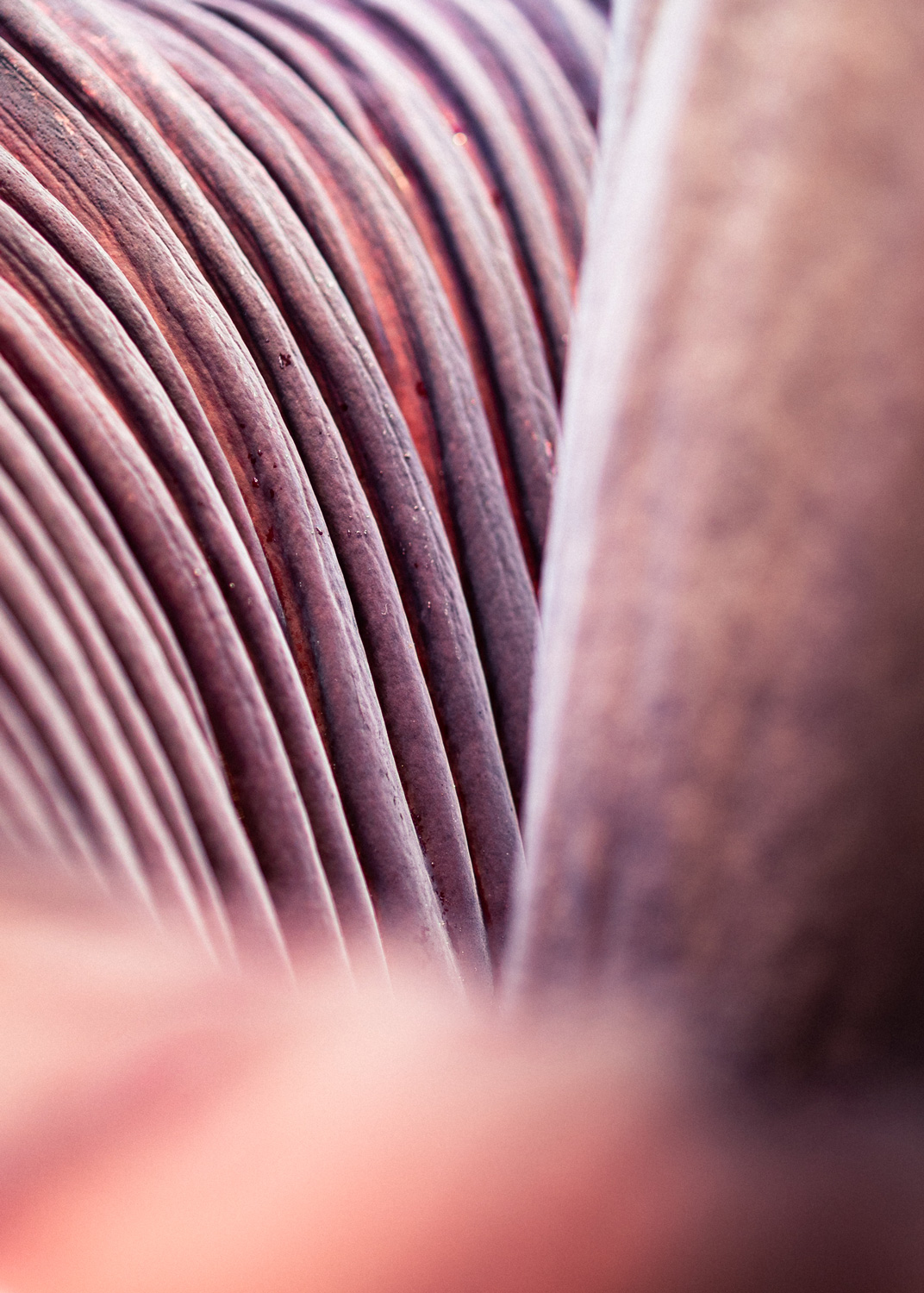
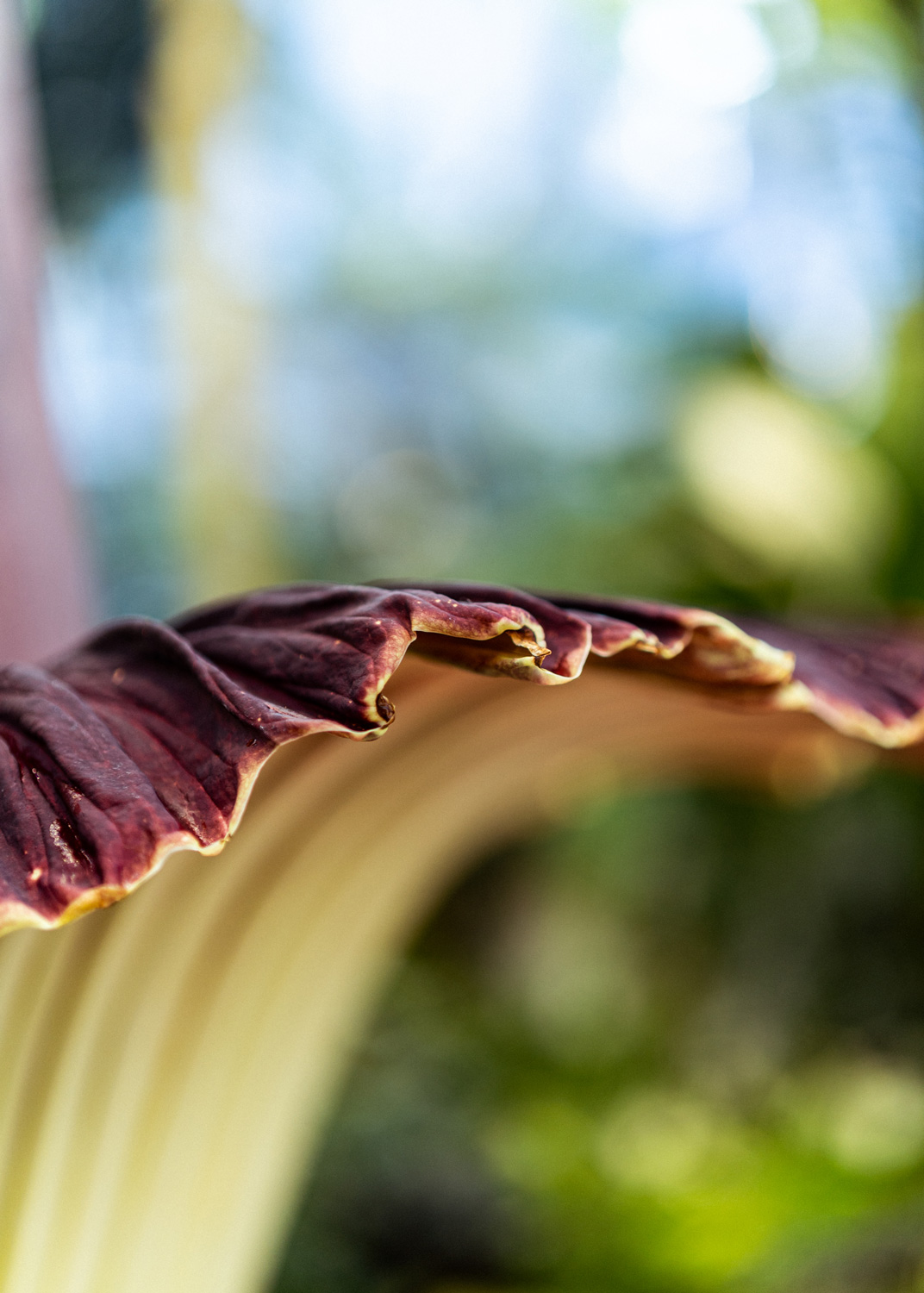
Finally, I spent a few moments viewing it with only my eyes. And my hand, too. A horticulturist showed me how to feel the heat she produces when blooming. Of course, as he explained to be careful not to get the oil on you because it is rather hard to get off, I dragged the sleeve of my silk top through it (see about 7:04 in the below video… that will be a fun conversation when I drop it off to get dry cleaned.)
And then I packed up and left, for the line to view her was already several hundred people deep.

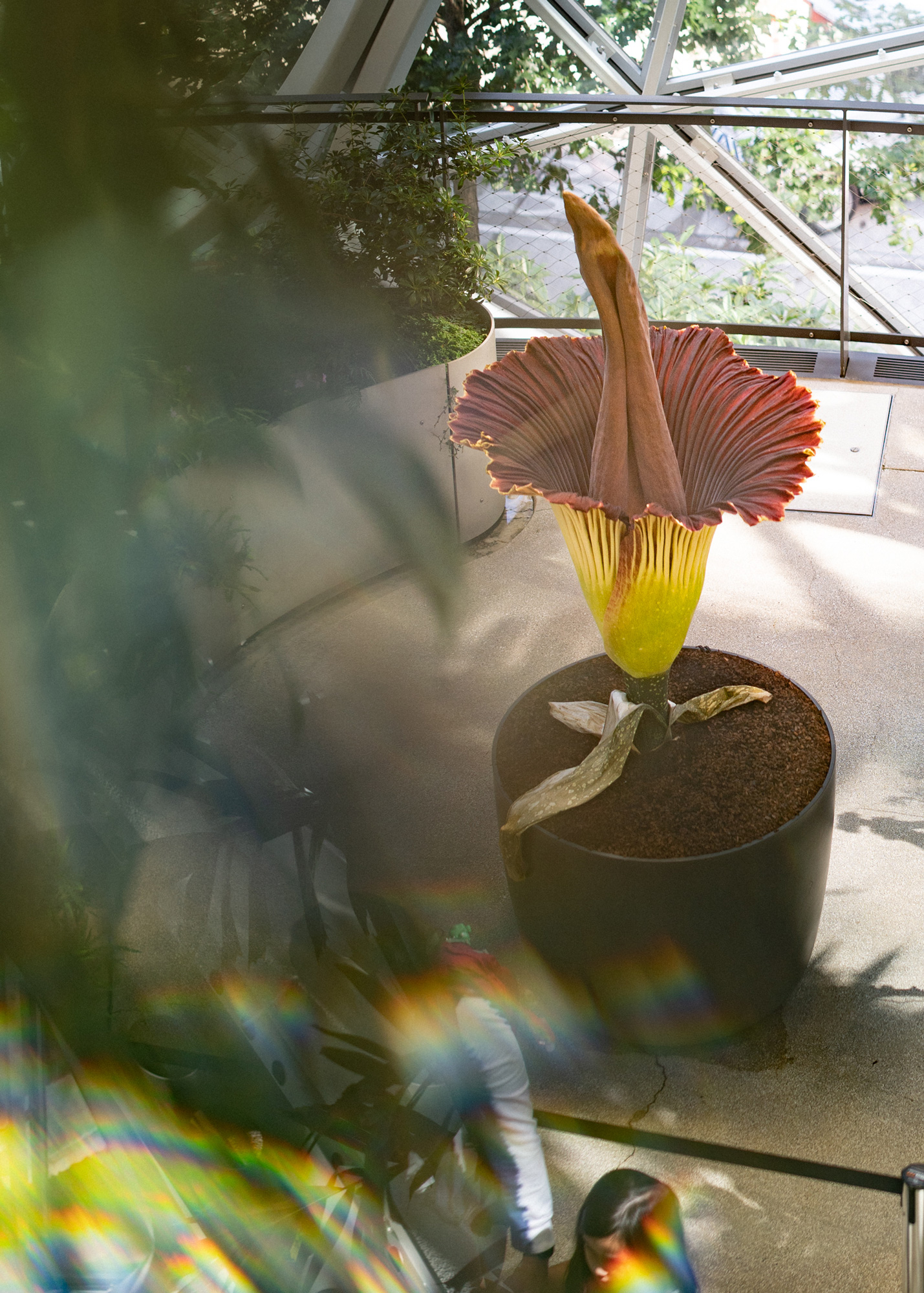
Reflections on the incredible Titan Arum
The outside of The Spheres has a little dog park, and after this whirlwind of planning, trusting, and executing, I sat down and took a second to process.
Not many little girls get to do their oddly specific dream. Suddenly, I felt the weight of that privilege and that a little girl from so long ago could live so vividly in that moment today.
And beyond that, the luck of my residency being right when the flower bloomed, the fact I won the residency, or even the immense privilege that I photograph plants and bugs and all the things I love as a real-life adult job.
I wish I could say that every day as a professional artist is this satisfying, but the truth is, it isn’t… though I wouldn’t have it any other way.
I want to say thank you to the Amazon Expressions team, as well as Amazon Spheres and the whole Horticulture staff (especially Katy, my sidekick for this particular side quest).
And, of course, a massive thank you to my friends at SIGMA, who overnighted me a lens so that I would be ready.

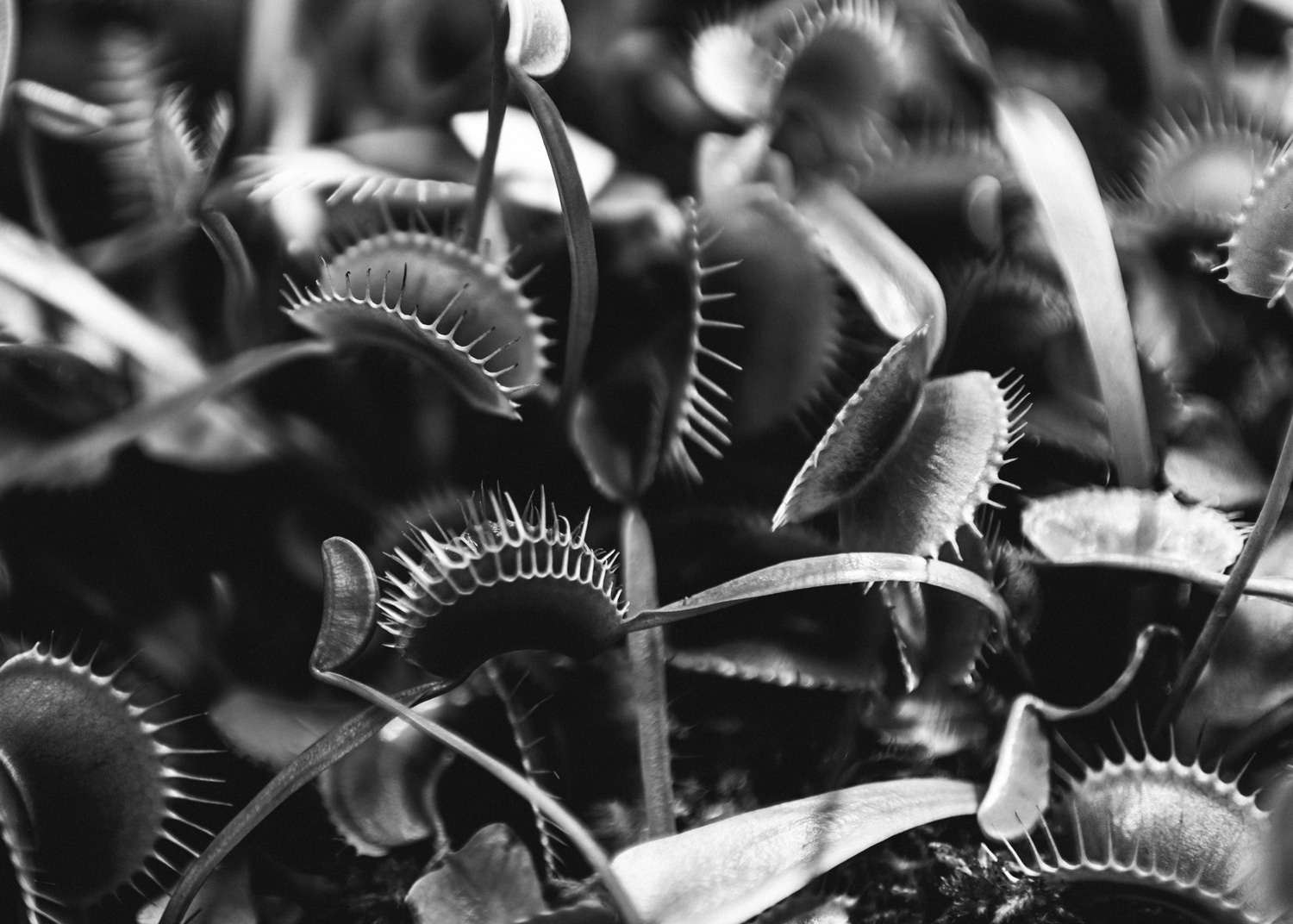

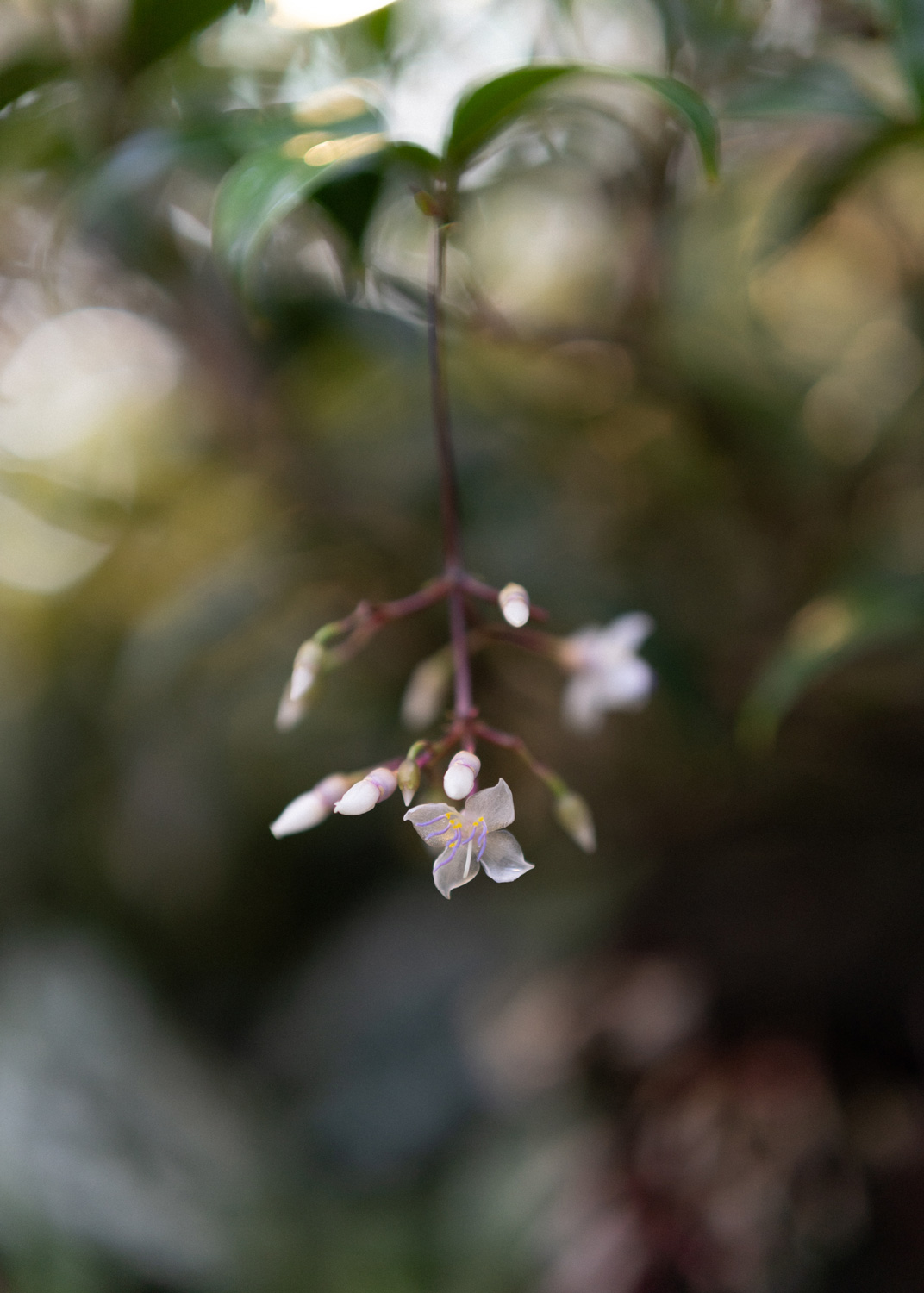

The 50mm F1.4 DG DN | Art made this all perfect. It’s a beautiful piece of equipment. My standard kit doesn’t require this focal length, but I didn’t want to return it.
My gut tells me I won’t get another chance to photograph Titan Arum, but this will always be my lens choice for the job if I do.
So what deliciously rare and bewitching flower should I photograph next, SIGMA fans? Any ideas?

